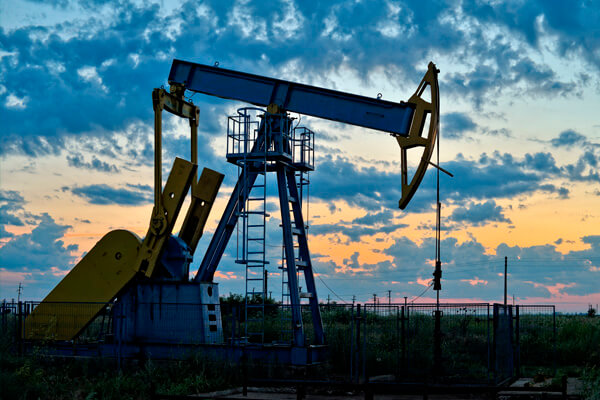Mexico Spent About $1.26 billion on 2018 Oil Hedges
From Oil&Gas People / 1 de Diciembre de 2017
Mexico spent some 24.1 billion pesos ($1.26 billion) on contracts to hedge its 2018 oil exports, Finance Ministry Chief Economist Luis Madrazo said on Tuesday, part of government’s efforts to stabilize its budget.
Madrazo did not specify the number of barrels of export production that Mexico had hedged with derivatives contracts nor did he detail the average price per barrel of put options that the government has purchased.
In September, the Finance Ministry proposed a 2018 budget that based expected oil export revenue on an estimate of $46 per barrel. Members of Congress increased that estimate to $48.5 per barrel earlier this month as global oil prices rose.
For more than a decade, Mexico’s government has paid for a hedge every year in a bid to guarantee its revenues from oil exports by state company Pemex. The program is seen as the world’s top sovereign derivatives trade.
Last year, the government bought put options at an average price of $38 per barrel to cover 250 million barrels of crude at a cost of $1.03 billion and underpin the 2017 budget, which was based on an average price of $42 per barrel.
The government set aside $4 a barrel from a special fund to make up the difference between its put options and the budgeted price.
This year, Mexico is on track to not see any income from its oil hedge as prices for Mexican crude are currently near $54 per barrel, well above the put options. In 2016, Mexico saw a $2.65 billion payout from its oil hedge.
Mexico hedges its crude every year and deals are closely watched by the market since the trades are big enough to affect prices. The program is a longstanding part of the country’s strategy for safeguarding oil revenues from market volatility.
Mexico used to receive about one-third of federal revenues from oil sales, but it now funds less than one-fifth of the budget with oil sales after the collapse crude prices in late 2014 and a decline in production.

From Oil&Gas People / 1 de Diciembre de 2017

